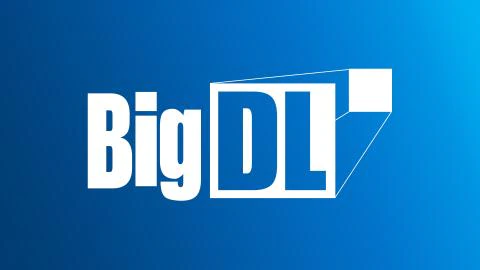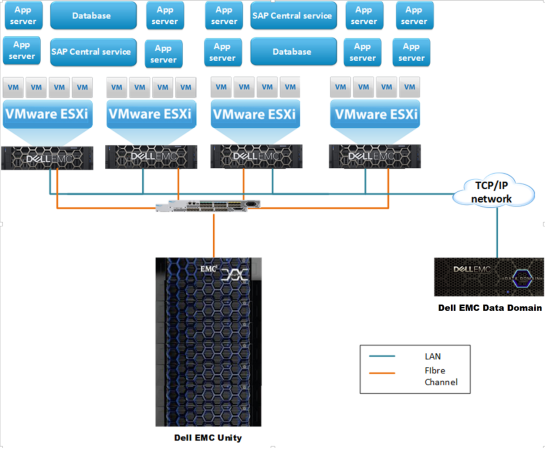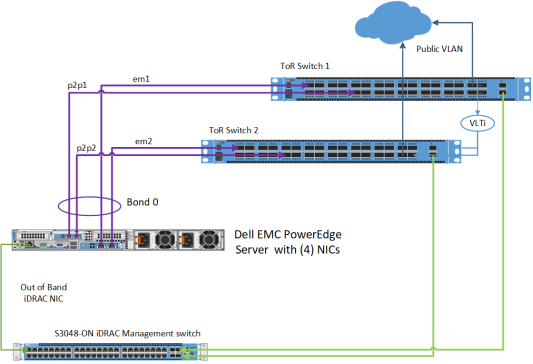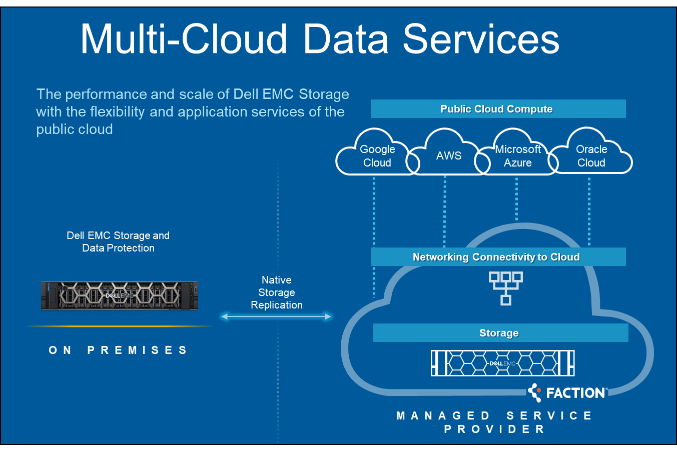Machine learning is nothing new and has been in practice for many years. Many aspects of businesses use this solution for fraud detection, autopiloting, and recognition of natural languages. Though deep learning is nothing but a branch of machine learning, it is still a dominant part. This is based on data representation, not just learning being task-specific. Intel has made a very kind move by opening up its framework for deep learning and making it open-source. This framework has been built upon the nodes of the Spark cluster and engine for computation.
The deep learning algorithm aims to build a model based on abstraction often found in data—using the advantage of the available topologies of artificial neural networks and using it to scale exceptionally large data sets. This also extends the advantage of the learning being made under full, partial, or no supervision.
What are the examples of deep learning algorithm?
For example, basic steps to extract features of a dog by using the toolkit of deep learning can be explained in a simple flow. Deep learning introduces more depth by creating a pipeline with extractors of features as per the training model. This is very helpful in improving the prediction and overall accuracy of the results by extracting features in the hierarchy.
The term Neural Network has also been around for some time. The restriction surrounding the evolution of AI has been the lack of data and computation, which is powerful enough. Spark is an engine that is distributed in memory and has been written using Scala. When the algorithm of deep learning is put together with Spark, the performance shows a drastic improvement, especially in use cases of business utilisations.
The biggest advantage of BigDL is that its library is enriched by various algorithms which are optimized for learning, such as coffee, Torch, Theano, Neon, and TensorFlow. Of these, TensorFlow and Caffe are more popular in areas of machine learning.
The cafe is a deep learning framework created with speed, modularity, and expression. TensorFlow is a library of software that is open-sourced. It is primarily used for the computation of numerical nature, and Nit uses graphs of data flow for this purpose. Numerous companies have adopted this software focused on applications of artificial intelligence and business development.
Some technical advantages brought to organizations using BigDL are as follows:
- It provides multiple modules for deep learning.
- It has an integration that is seamless when it comes to Hadoop and Spark. It is strong enough to tackle huge volumes of data and distributed all across.
- This is very cost-effective. Everything is open-sourced and has multiple options. Suppose the user wants to customize when the organization already has Spark Cluster. In that case, BigDl can be added to this cluster to enhance performance.
- The scalability has been made very flexible. It can be easily controlled up and down the levels of nodes
- The algorithm for deep learning has optimization and its programming, which is multithread in each task using Spark. This is done to achieve a speed that is phenomenal.
What BigDL offers?
BigDL has been making it easier for scientists of data and engineers of data to build Ai applications that are end-to-end and well-distributed. Intel has introduced an updated version of BigDL. The upgraded version combines the project of Analytical Zoo and the first version of BigDL. All these, in combination, enable the following features:
- Idlib – is a deep-learning library that is distributed and used for Apache Spark. This was the original framework for BigDL, AI of Keras style, and support of the Spach pipeline for machine learning.
- Orca – it helps in seamlessly scaling the TensorFlow out along with the pipelines of PyTorch for the big data which has been distributed.
- Friesian: a framework that works for recommendation is very important for a library of tools. This can be used for end-to-end data for data of large volumes.
- Chronos: an analysis using the time series and is made scalable with the help of AutoML
- PPML: privacy becomes indispensable when dealing with such a large data set. Especially when most data are critical, this is used to preserve the privacy of the analysis of all the big data.
BigDL can be considered a library which is for Apache Spark. These are distributed using a deep learning methodology, and BigDl enables you to use the enormous performance power because of the Sparck Custers.
It provides organizations with learning support that is deep and rich. The scale-out using these is efficient, and the organization can expect as much performance as its workload demands.
FAQs
1. What is Intel BigDL?
Intel BigDL is an open-source distributed deep learning library for Apache Spark, designed to run deep learning applications on large-scale data sets using existing Spark clusters. Developed by Intel, BigDL enables users to leverage the distributed computing capabilities of Spark to train and deploy deep learning models efficiently.
2. How does Intel BigDL differ from other deep learning frameworks?
Unlike standalone deep learning frameworks like TensorFlow or PyTorch, Intel BigDL integrates seamlessly with Apache Spark, allowing users to perform distributed deep learning tasks directly within Spark workflows. This integration enables efficient utilization of existing Spark infrastructure for deep learning tasks without the need for separate clusters.
3. What are the key features of Intel BigDL?
Key features of Intel BigDL include:
- Seamless integration with Apache Spark for distributed deep learning tasks.
- Support for popular deep learning models and neural network architectures.
- Optimizations for Intel Xeon processors and Intel Math Kernel Library (MKL) to accelerate training performance.
- Compatibility with standard deep learning frameworks, allowing users to import and export models easily.
- Scalability to large data sets and clusters, enabling distributed training and inference.
4. What types of deep learning tasks can be performed using Intel BigDL?
Intel BigDL supports a wide range of deep learning tasks, including:
- Image classification and object detection
- Natural language processing (NLP) tasks such as sentiment analysis and named entity recognition
- Recommender systems and collaborative filtering
- Time series analysis and forecasting
- Reinforcement learning and generative adversarial networks (GANs)
5. How does Intel BigDL leverage Apache Spark for distributed deep learning?
Intel BigDL leverages Spark’s RDD (Resilient Distributed Dataset) abstraction to distribute deep learning computations across a cluster of machines. It optimizes data processing pipelines within Spark to parallelize model training and inference tasks efficiently, utilizing the scalability and fault tolerance features of Spark.
6. Is Intel BigDL suitable for production deployments?
Yes, Intel BigDL is suitable for production deployments, especially in environments where Apache Spark is already used for big data processing tasks. It offers scalability, performance optimizations, and compatibility with existing Spark workflows, making it a viable option for deploying deep learning models at scale in production environments.
7. How can I get started with Intel BigDL?
To get started with Intel BigDL, you can visit the official GitHub repository or Intel’s website to access documentation, tutorials, and code examples. Intel provides comprehensive resources to help users install, configure, and use BigDL effectively. Additionally, community forums and support channels are available for assistance and collaboration with other users.





